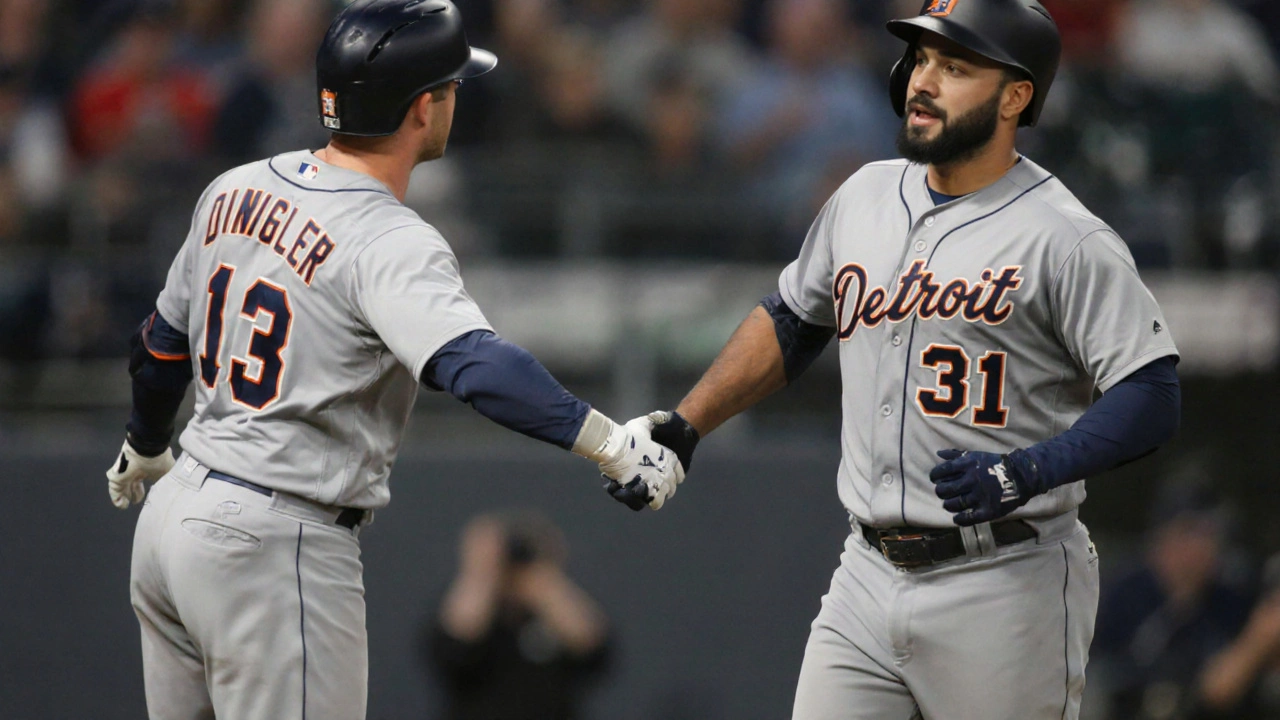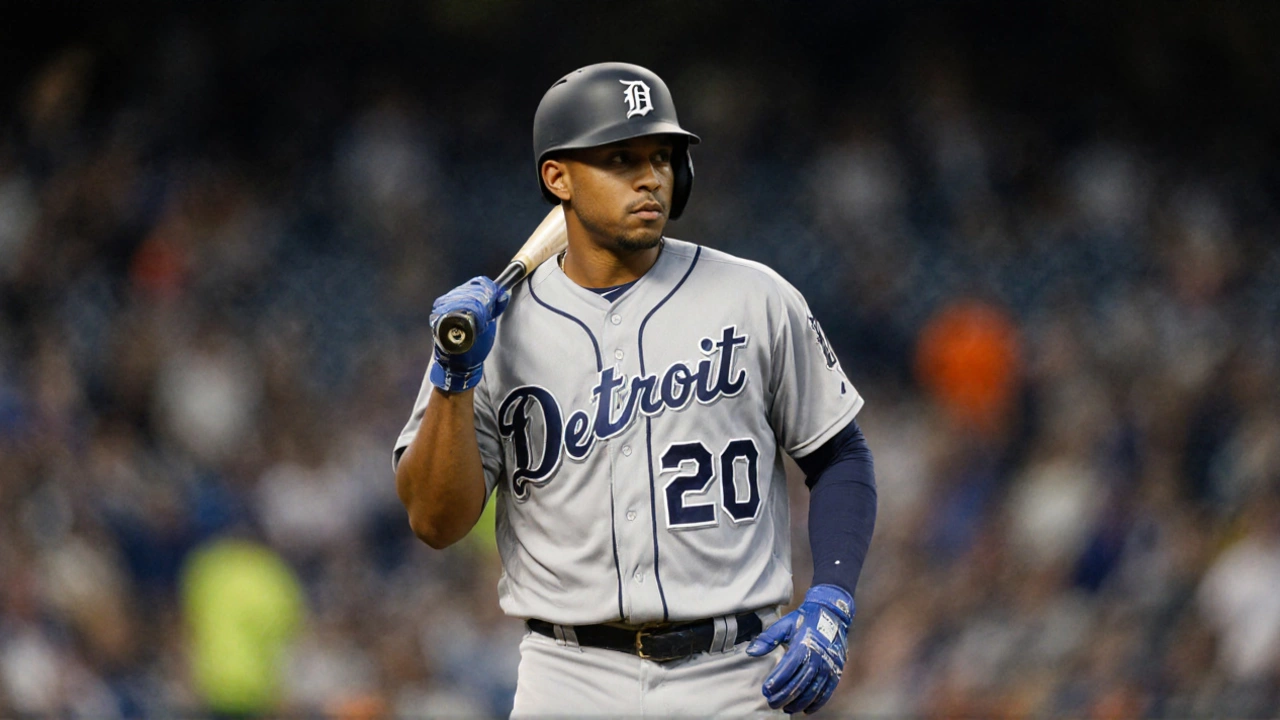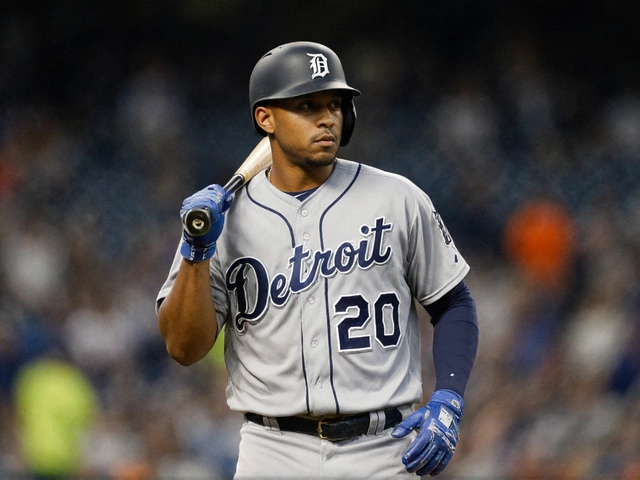The Rise: How the Tigers Built a 14‑Game Lead
Back in early July, the Detroit Tigers looked like the franchise that finally broke its long‑standing postseason drought. A 59‑34 record at the All‑Star break translated to a .634 winning percentage, the best mark in all of baseball. Their pitching rotation, anchored by veteran left‑hander Spencer Turnbull and a breakout season from rookie right‑hander Jack Hogg, regularly shut down opponents, while the offense leaned on a hot streak from outfielder Riley Greene, who was batting .345 with 15 home runs.
That dominance was reflected in the standings. The Tigers boasted a 15.5‑game lead over the Cleveland Guardians, a gap that seemed insurmountable. Fans in Detroit were already planning October road trips, and analysts were drafting the Tigers as a World Series contender in every major outlet. The mood in Comerica Park was electric; every win felt like a step toward a long‑awaited championship run.
Even the trade deadline bolstered that confidence. Detroit’s front office splurged on veteran reliever James McCarthy, a proven closer who had recorded 34 saves for the Astros the season before. The move was framed as a “clean‑up” to lock down a lead that, on paper, should have been unbreakable.

The Fall: What Sent the Tigers Spiraling
August turned the narrative on its head. The team’s lead shrank from 15.5 games to 12.5 by the 25th, then to a precarious 6.5 as September arrived. A 5‑12 September record, highlighted by a five‑game losing streak, has left the Tigers sitting just 1.5 games ahead of the Guardians with less than ten games left.
Several factors converged to trigger the collapse:
- Bullpen instability: The new closer McCarthy struggled with command, posting a 5.80 ERA in his last ten appearances. Relievers failed to secure leads, often turning five‑run advantages into losses.
- Offensive drought: The lineup slipped to 21st in the league in runs scored since September began. Riley Greene’s average fell from .345 to .262, and the once‑reliable middle of the order—first baseman Ryan Nave and designated hitter Miguel Torres—combined for a .190 batting average over the same span.
- Poor rotation performance: The trade‑deadline addition of veteran right‑hander Charlie Morton was meant to fortify the rotation. Instead, Morton logged a 7.09 ERA across nine starts, losing five consecutive games, including a bruising defeat to Atlanta on September 19.
- Injuries and fatigue: Key pieces like shortstop Alex Ramirez missed crucial series due to a lingering hamstring strain, while the starting rotation showed signs of wear, with increased walk rates and lower strikeout totals.
Manager A.J. Hinch has been candid about the turmoil. After a 6‑2 loss to the Braves, he told the media the slide was “difficult to explain,” pointing to “persistent bullpen struggles and missed opportunities.” His tone changed from confident optimism in July to a more defensive stance as the clock ticked down.
The psychological impact cannot be ignored. Players admitted to feeling the pressure mount as the lead evaporated. Veteran pitcher Jayden Lee said in a clubhouse interview, “When you’re up by fifteen games, you can breathe. When you’re down to one, every at‑bat feels like a life or death situation.” That mental strain manifested in cut‑downs on both sides of the ball.
Yet amid the gloom, the Tigers still control their fate. The upcoming series against the Guardians is a six‑game swing that could determine whether Detroit clinches the division or watches it slip away. A sweep would hand the lead back to the Tigers, while a split could see Cleveland overtake them with a winning percentage advantage of .004.
Fans remain hopeful, clinging to the fact that baseball’s longest season still holds a handful of games where anything can happen. The Tigers’ story is a reminder that momentum can swing just as fast as a fastball. Whether the team can harness that momentum and reverse the tide remains to be seen as the season’s final stretch unfolds.

